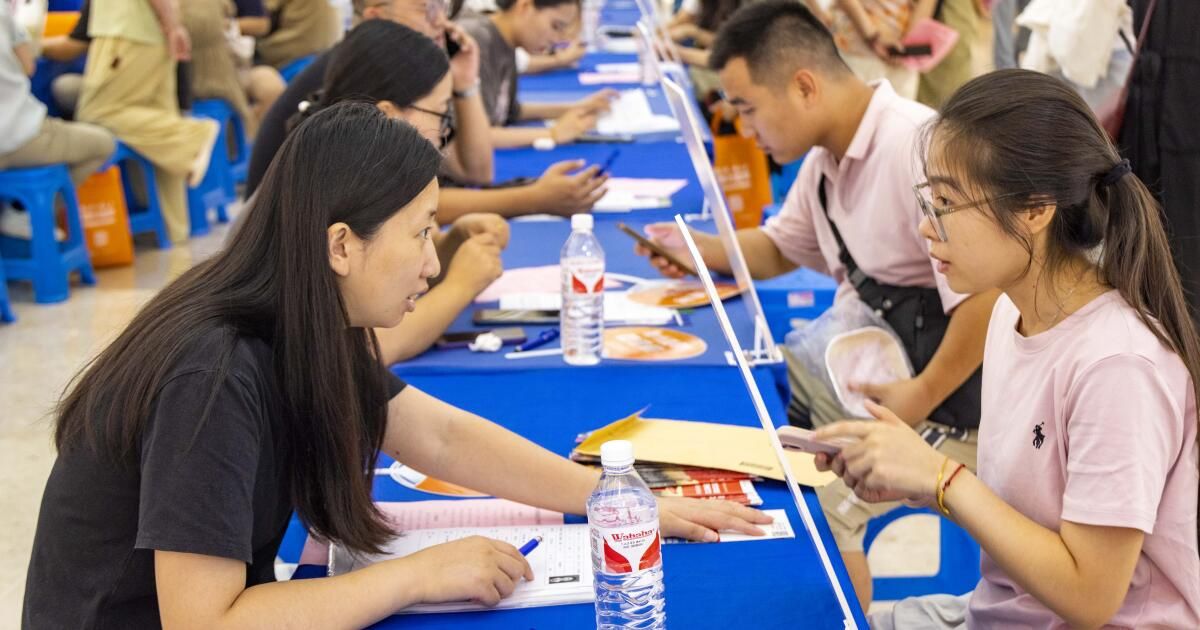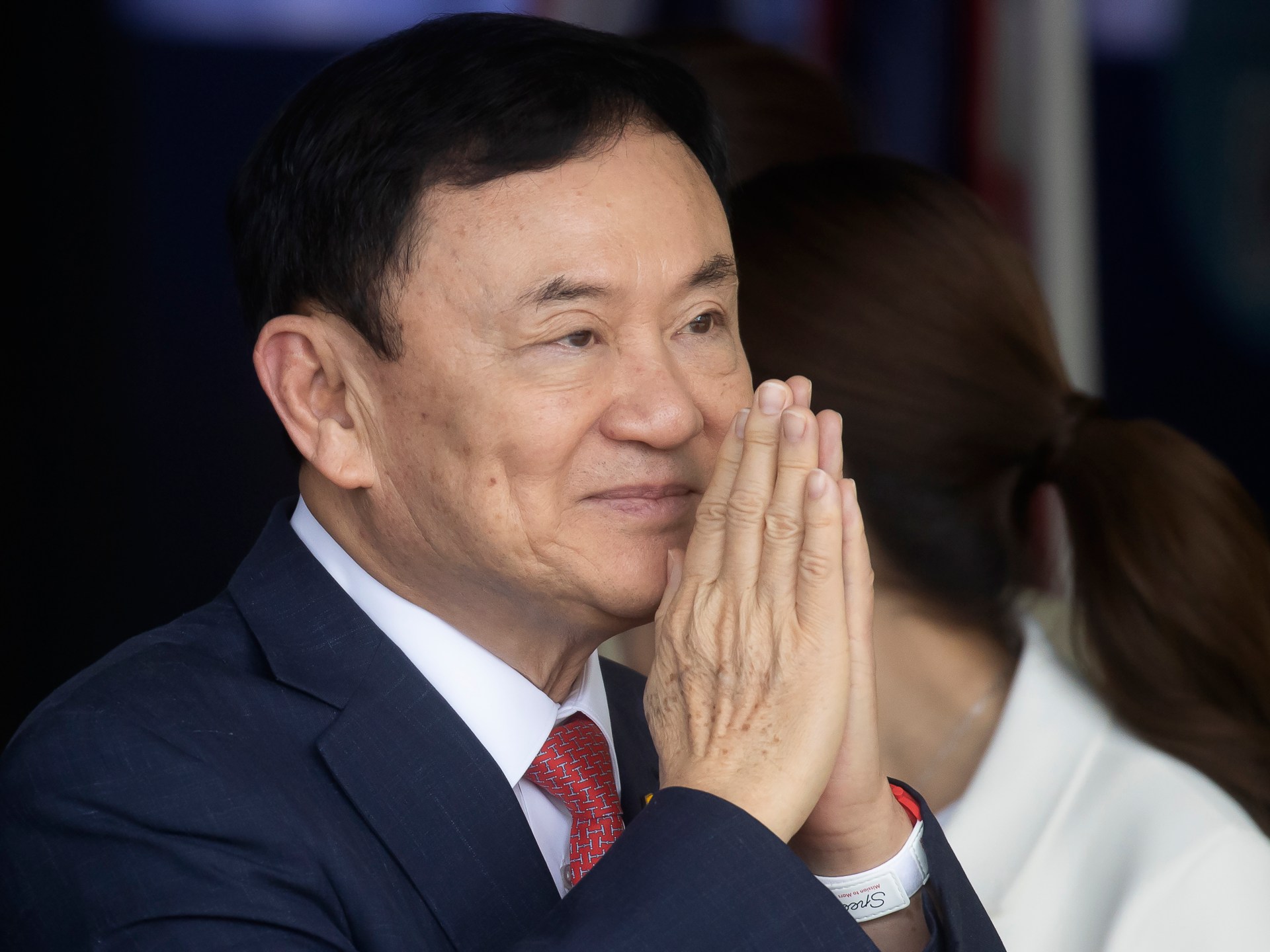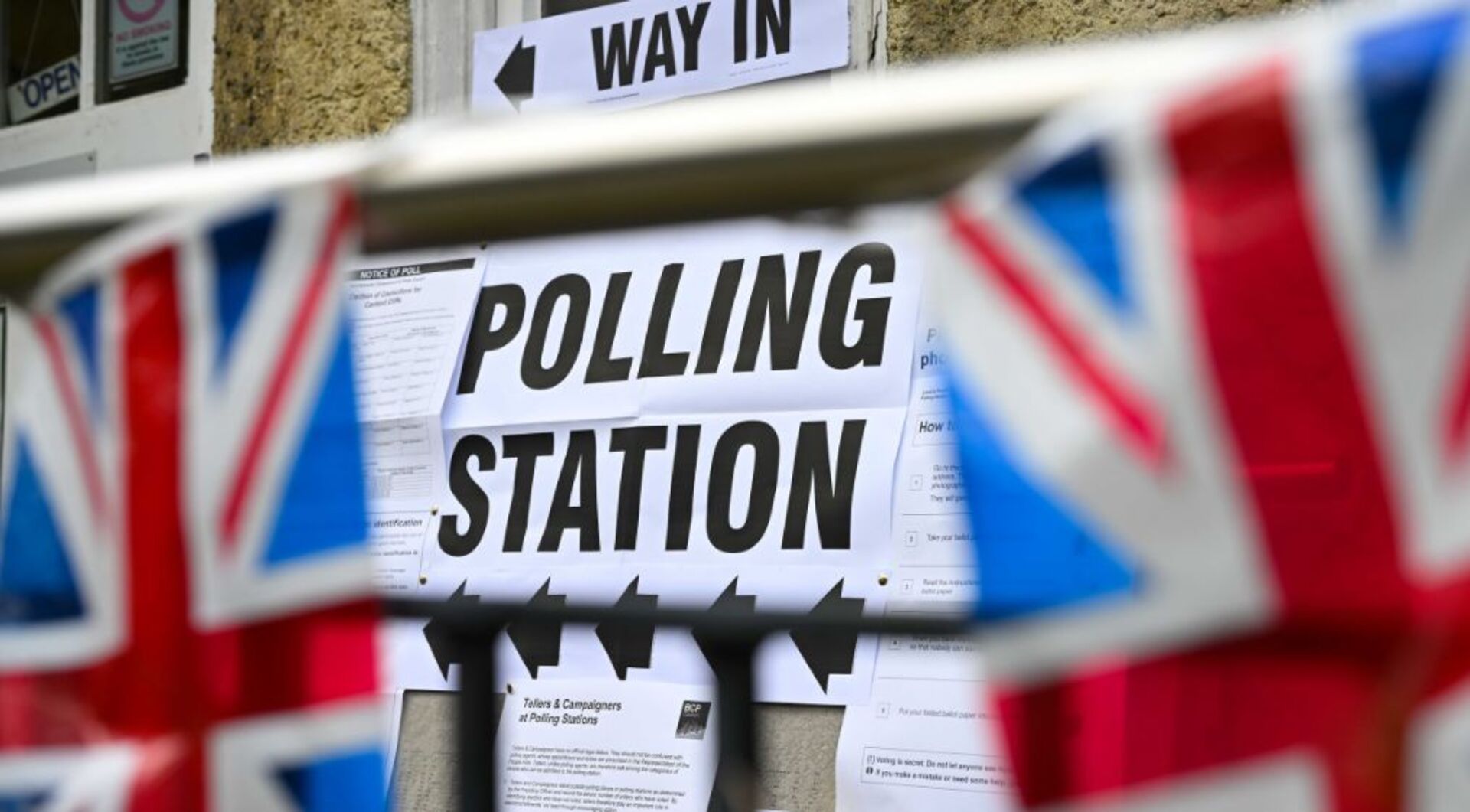A harbinger of China's economic decline has returned.
The urban youth unemployment rate has been a commonly cited indicator of the country's financial stability. Last year, amid a stagnant economy and a slowing job market, it hit record levels.
In June 2023, the percentage of unemployed people aged 16 to 24 peaked at 21.3%. China then stopped publishing monthly figures.
In December, the government had modified the data points to exclude students, showing a much lower urban youth unemployment rate of 14.9%.
But as millions of college graduates have begun looking for work, that number is rising again. In August, the restated youth unemployment rate hit a new high for the second consecutive month of 18.8%.
It's no secret that China's economy is struggling. Local governments are saddled with debt. The property crisis has undermined a pillar of household wealth and eroded investor confidence. Wary consumers are hoarding cash. Big companies have cut staff.
Here's why economists say China's youth unemployment rate is a key indicator to watch.
What drives youth unemployment in China?
Part of it is seasonal.
Youth unemployment tends to rise every summer as students enter the workforce. But in China, the jobless rate has been exacerbated by an economic slowdown coupled with a growing number of people pursuing higher education.
With a record 11.8 million college graduates this year, it will be difficult for all of them to find suitable jobs. Weak consumer and employer confidence has hurt hiring overall, and industries that typically hire young, college-educated workers — such as real estate, financial technology and for-profit education — have been hit by new government regulations in recent years.
The most promising sectors, such as electric vehicles, biotechnology and artificial intelligence, often require specialized training in science and technology.
Meanwhile, recent graduates have been reluctant to settle for manual or other jobs that do not meet their expectations. Some have preferred to “stay at home,” a Chinese slang term used to describe young people who choose to take a break from the labor market rather than compete.
“People who entered university four years ago may have planned a future in finance or app development, but now they need to get a job in manufacturing,” said Bert Hofman, a professor at the East Asia Institute at the National University of Singapore.
How does this compare to other nations?
Noticeably worse.
According to the International Labour Organization, the youth unemployment rate in Asia and the Pacific was 13.9% in 2023. In South Asia, the figures were the lowest in 15 years.
The Chinese data were the exception in East Asia. In Japan and South Korea, youth unemployment rates were at historic lows.
The U.S. Bureau of Labor Statistics reported that youth unemployment in July was 9.8%, up from 8.7% in the same period last year.
But adjustments China made to its own figures to exclude students have made direct comparisons with other countries less accurate.
Why focus specifically on urban youth unemployment?
There are several reasons why economists and analysts turn to youth unemployment rates for information.
As young graduates are more actively looking for jobs than those in mid-career, their unemployment rate is more prone to fluctuations that can signal corporate confidence and hiring trends. China’s overall unemployment rate has hovered around 5% for the past few years, even during the pandemic.
“The overall unemployment rate is too stable, making it difficult to draw meaningful conclusions,” said Phoebe Feng, an associate economist at the Beijing-based Institute of International Finance. “The youth unemployment rate is more sensitive to changes in the labor market situation.”
Long periods of youth unemployment can also signal economic problems down the road. Zhang Yifan, an economics professor at the Chinese University of Hong Kong, said that if young workers can't find work, that can have a “scarring effect” that hampers their lifetime earnings, skills accumulation and future career development.
Youth unemployment could also become a political liability. Discontent among Chinese workers, who worry about working harder for less economic gain, could generate anger toward the government or lead to social instability.
What has China done to address the problem?
On Tuesday, China's central bank announced it would cut rates in its biggest stimulus package since the pandemic in order to boost consumption and shore up the economy. It also announced measures to support the stock and property markets.
But analysts said China would need to do more to meet its 5% growth target for the year.
In May, President Xi Jinping promised to prioritize job creation and improve employment prospects. Chinese officials also encouraged young graduates to return to rural areas, take nontraditional jobs and “swallow their bitterness.”
Even before China began releasing its new youth unemployment figures, some analysts speculated that the true scale of the phenomenon could be larger than the data suggests. Erica Tay, an economist at Maybank Investment Banking Group, said that since China considers employment to be working at least one hour a week, there is no way to account for underemployed youth.
“Youth unemployment figures are striking because they are a rare example of acute economic weaknesses,” he said. “If nearly one in five young people who are not in school are unable to work even one hour a week, that indicates unusual tensions in the labour market.”











